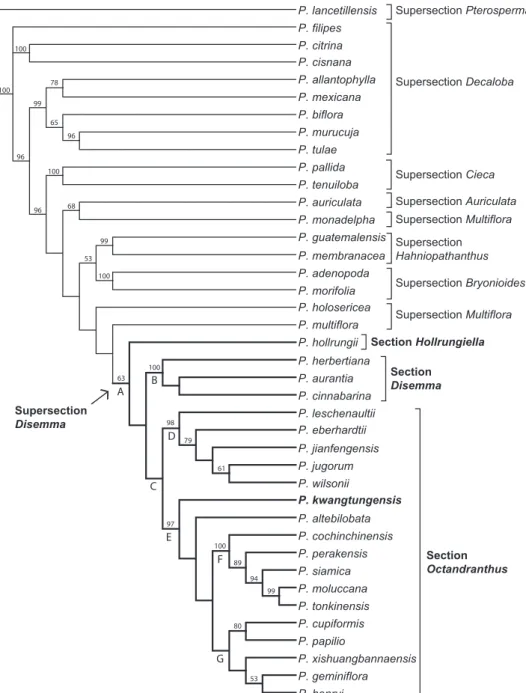The rediscovery of Passiflora kwangtungensis Merr. (subgenus Decaloba supersection Disemma): a critically endangered Chinese endemic
Texto
Imagem



Documentos relacionados
The objective of this study was to evaluate the pollen viability of six Passiflora species collected from different physiological stages of development through in vitro
Vygotsky (1982) acrescenta que o sujeito é ativo, ele age sobre o meio e, portanto, o professor precisa fazer mais do que simplesmente arrumar o ambiente de modo que os alunos
Mas ai também refletindo não dá pra você embarcar em tudo, mas de qualquer forma os cursos realmente apesar de eu ser assim uma pessoa bastante engajada com essas questões
(2012) evaluated the chemical composition, bioactive compounds and the present antioxidant activity in the pulp of five types of fruits of Brazilian Cerrado, including the species
The classification of the pollen grain shape according to the PD/ED ratio, it was observed that the majority of the species of Passiflora belonging to supersections: Laurifolia ,
Pollen grains of Passiflora were characterized by their morphological characteristics (shape, number and aperture type, and exine ornamentation) (Table II and Figs..
This study focuses on issues relating to the circulation and adaptation of foreign medical knowledge in Peru and the US, showing how in these countries – unlike China,